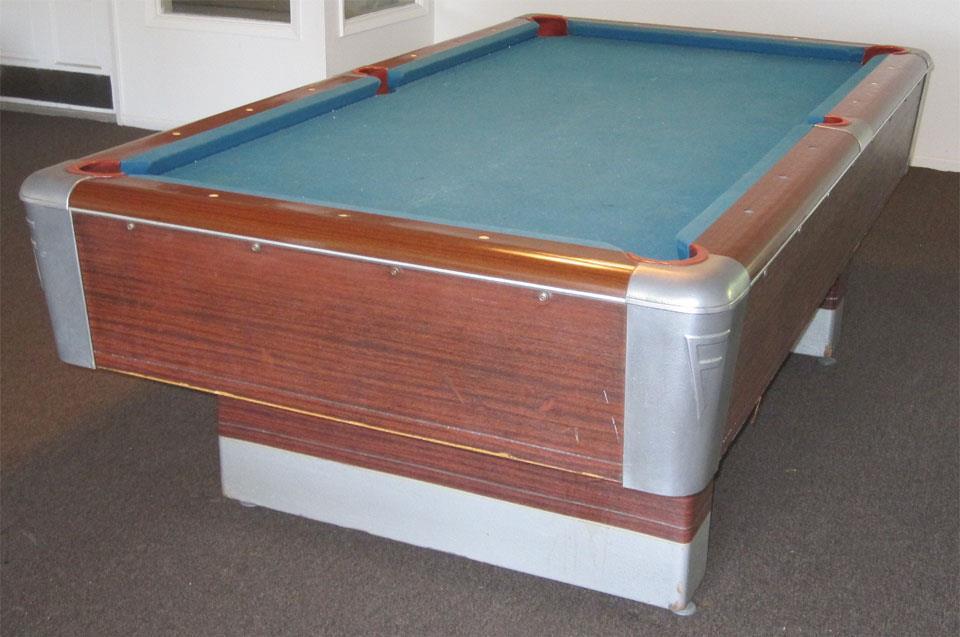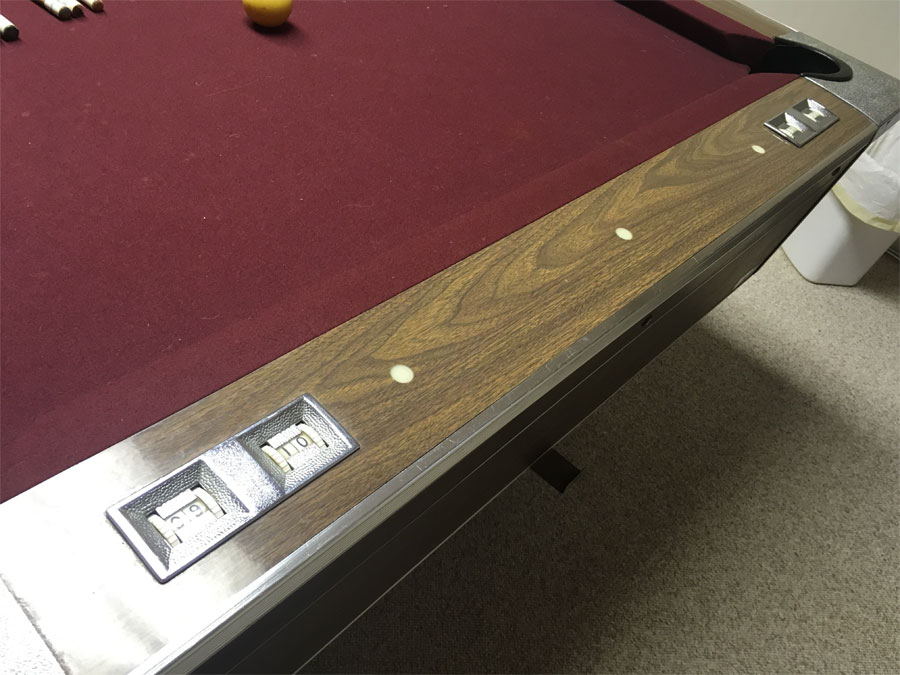
- #FISCHER POOL TABLE SERIAL NUMBERS SERIAL#
- #FISCHER POOL TABLE SERIAL NUMBERS TRIAL#
- #FISCHER POOL TABLE SERIAL NUMBERS SERIES#
#FISCHER POOL TABLE SERIAL NUMBERS SERIAL#
Most previous studies examined serial dependence in a situation that comprised only a single relevant object per trial. This likely relies on matching occurrences according to similarities of their most relevant feature. If this interpretation was correct, which factors should support serial dependence? Following a single object over time requires some means of matching serial occurrences to decide whether the current object still represents the same or a novel object. As serial dependence reduces differences in the appearance of similar consecutive objects, it has been interpreted as promoting perceptual stability and continuity of a visual object over time 3. It has since been observed for other modalities, including facial identity and expression 4, 5, spatial positions 6, 7, numerosity 8, 9, 10 or ensemble representations 11. This bias was enhanced by spatial and temporal item proximity as well as by attentional selection and was termed ‘serial dependence’.
#FISCHER POOL TABLE SERIAL NUMBERS TRIAL#
In their seminal study, Fischer and Whitney 3 found that the reported orientation in the current trial was systematically attracted by the orientation remembered in the previous trial.
#FISCHER POOL TABLE SERIAL NUMBERS SERIES#
Thus, the exploitation of short-term dependencies represents an important requisite of experienced environmental stability.Ī series of recent studies examined in detail how an object representation encoded in the previous trial influences an object representation currently encoded into WM. As these changes of the world around us are often foreseeable, current object representations can be based on preceding ones. Objects can slightly change their appearance from moment to moment due to movement or changed lighting, without changing their identity. We create visual objects by integrating features that belong together 1 and maintain object representations in visual working memory (WM) 2, which we can access flexibly when objects are no longer visible. Visual cognition relies on the interplay between perception and memory. As this reflects temporal dependencies in natural settings, our findings reveal a mechanism that integrates corresponding content and context features to support stable representations of individualized objects over time. Apparently, the binding of content and context features is not erased but rather carried over to the subsequent memory episode. In four experiments, we observe a stronger serial dependence between objects that share the same context features across trials. We test whether congruent context features, in addition to content similarity, support serial dependence.


In a memory task, objects can be differentiated by their to-be-memorized feature (content) as well as accompanying discriminative features (context). The question of how we selectively create temporal stability of several objects remains unsolved. So far, it has been studied in situations that comprised only a single object. Serial dependence is thought to promote perceptual stability by compensating for small changes of an object’s appearance across memory episodes.


 0 kommentar(er)
0 kommentar(er)
